Are you a landlord looking for the most effective way to advertise your rental property? Writing a great rental listing is an important part of the process. It’s the first impression potential tenants will have of your property and can be the difference between attracting a great tenant or not.
From this article, you will learn how to write a rental listing and what to look out for.
How to Write a Good Rental Listing?
Start with an Attention-Grabbing Title
Your title should be exciting, concise, and informative to increase the chances of potential tenants seeing the listing. The title should stand out from other listings, making it more likely to capture the attention of those who are searching for a rental. It also helps potential tenants quickly identify what the listing is about, so they can decide if it is a good fit for them. It should be attention-grabbing, so use words like “charming”, “spacious”, or “luxurious” to entice potential tenants to read more.
Be Descriptive
When it comes to describing the property, don’t skimp on the details, and be sure to use appealing adjectives. Include information about the size, layout, neighborhood, and amenities. Don’t forget to list any unique features that make your rental stand out!
Highlight the Location
When writing a rental listing, it’s important to highlight the location to give potential renters an understanding of the surrounding area and what amenities are nearby. Mention nearby schools, parks, shopping, and other amenities that would be attractive to potential tenants. By including nearby attractions, restaurants, stores, and transportation options, you can give potential renters a better idea of what their life would be like in the area and help them make an informed decision.
Set Out the Terms
Include information about the rental terms, such as the length of the lease, the amount of the rent, and any other fees or charges associated with the rental. Setting the terms clearly provides tenants with information about what is expected of them, which can help them make an informed decision about whether or not to rent your property.
Describe the Ideal Tenant
Include a brief description of your ideal tenant to help ensure that you attract tenants who are a good fit for your property. This helps to reduce the chance of evictions and other problems that can arise from having the wrong tenants living in the rental.
Concise Presentation
Given tenants’ short attention spans it’s crucial to emphasize key aspects of the home succinctly. Begin with a brief description of the property and its location, then highlight its best features using bullet points. For instance:
- 2-car attached garage
- Spacious backyard
- 3 bright bedrooms
- 2 full bathrooms
- Central AC and heating
- Upgraded stainless steel kitchen appliances
This format simplifies their checklist, helping them determine if your home meets their criteria.
Include High-Quality Photos
Clear and high-resolution photos are essential for a great rental listing because they will be the first thing potential tenants see when they view your listing. High-quality photos can help create a good first impression and will show the potential tenant the level of care and detail that you put into your listing. They also help to showcase the features of your rental space and provide potential tenants with a better understanding of the space.
How to Apply
Providing clear instructions here is vital to avoid numerous inquiries about the application process. Outline the typical steps, such as viewing the property, submitting requested documentation (e.g., photo ID, proof of income), and applying according to your preferred method (e.g., application software, email). Present this information in a numbered list and specify the application fee amount.
Transparently Disclose Move-in Expenses
It’s crucial to openly communicate all move-in costs to your tenant. Springing hidden fees on them before lease signing can deter them, especially if they’re on a tight budget.
From the outset, clearly outline all move-in expenses. Typically, these encompass the first month’s rent and the security deposit. Landlords permitting pets might also request a pet deposit.
Additionally, there could be extra charges for services like cleaning and onsite staff assistance. Whatever the move-in expenses entail, ensure your prospective tenant is fully informed. This transparency empowers them to make informed decisions when it’s time to sign the lease.
Ensure Compliance with Fair Housing Laws
It’s imperative to adhere to Fair Housing Laws to prevent discrimination against tenants based on specific characteristics. At the federal level, protected classes include color, race, religion, sex, national origin, familial status, and disability.
To avoid legal complications, refrain from including discriminatory language in your listing advertisement. Examples of statements to avoid are:
- “Great for working folks or students.”
- “Suits mature individual or couple.”
- “Perfect for female student.”
- “Suitable for a single professional.”
- “Ideal for a quiet couple.”
In conclusion, crafting an effective rental advertisement that attracts suitable renters is straightforward. Emphasize your property’s features concisely and engagingly to capture the interest of potential tenants.

Utilize SEO-Optimized Keywords
Enhance your listing’s visibility on search engines by incorporating pertinent keywords such as “real estate,” “apartments for sale,” or “rental homes” into your title and description. Consider the search terms prospective tenants are likely to use when seeking rental properties in your area.
Emphasize Pet-Friendly Policies
If your property welcomes pets, highlight this feature in your listing. Numerous renters own pets and actively seek accommodations that accommodate them. Clearly outline any pet-related guidelines or fees to provide clarity to potential tenants.
Punctuation
While it’s best to limit the use of exclamation points, don’t shy away from utilizing appropriate punctuation. Long, convoluted sentences can confuse renters. After completing the description, review it to identify and separate overly long sentences.
Pricing
Now, onto pricing. The rental rate and utilities are typically the key factors influencing a renter’s decision to sign a lease. Therefore, it’s crucial to set a fair rental price for your property, ensuring profitability without overpricing.
Alternative Property Advertising Methods
You can utilize several practical approaches to advertise your property effectively. Placing a “For Rent/Lease” sign directly on the property allows passersby to easily see that it’s available for rent.
Another valuable tactic is engaging with local Facebook Groups or enlisting the help of a local Realtor to promote your property. It’s worth noting that Realtors typically charge one month’s rent for their services if they successfully find you a suitable tenant.
For novice landlords, there’s a plethora of innovative advertising methods available. The key is to broaden your potential tenant pool by leveraging both online and offline advertising channels. Even if it requires a small investment, the value of securing quality long-term tenants outweighs the cost.
Keep in mind that being a landlord is a business, so it’s essential not to compromise on the most critical aspect: finding dependable tenants.
What to Steer Clear of in Your Rental Listing?
To maintain a concise and compelling rental listing, adhere to a few key practices. Firstly, avoid any language or descriptions that infringe upon Fair Housing Laws, which prohibit discrimination against any of the seven protected classes. Additionally, it’s advisable to steer clear of the following in your rental listing:
- Excessive use of exclamation marks
- Lengthy descriptions
- Ambiguous language
- Excessive capitalization
These elements often serve as red flags for tenants, causing them to quickly move on to the next listing.
Furthermore, ensure that your listing undergoes thorough proofreading, with attention to perfect grammar and spelling. Poor grammar can be perceived as unprofessional and may prompt tenants to overlook your listing in favor of others.
Conclusion
By setting yourself up for success with a well-written rental listing, you can make sure potential tenants find your property and get the best tenant possible.
A manager at GIL Property Management will explain how to write a good rental listing and answer your questions. Contact us today at (403) 266-3550.




